Hello, surely, you’ve heard of mango, banana, or avocado, well, who hasn’t heard of them? These exotic fruits are known worldwide, and despite originating from tropical countries, they are part of the diet of millions of people living many miles away from the warm regions where they originate.
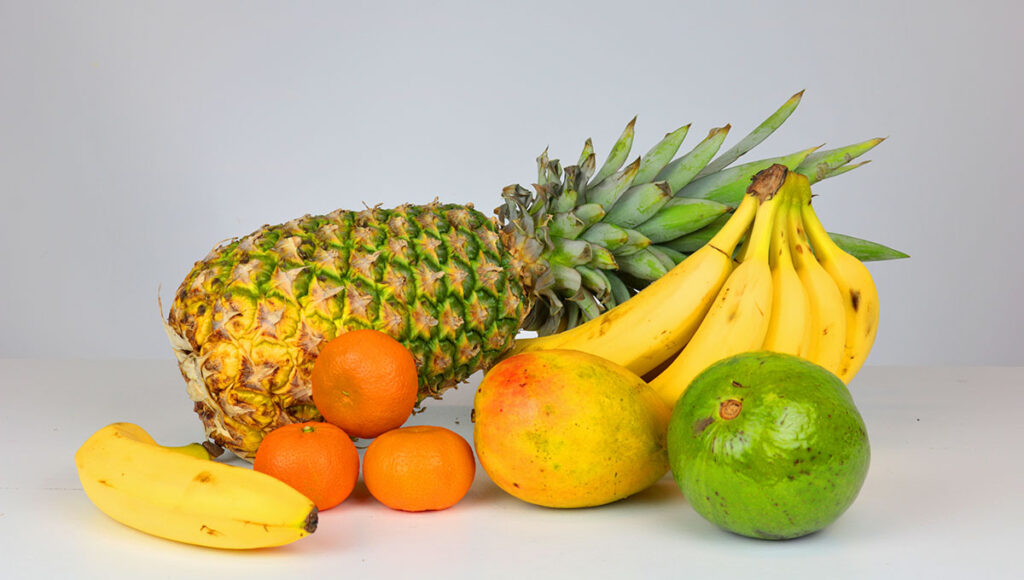
I’m sure you know these and perhaps a few more. However, beyond those “few more,” there exists an incredibly diverse world of other fruits that you haven’t even heard of. Fruits that, whether for their taste or shape, the nutrients they provide, or the characteristics of the tree that produces them, would truly amaze you.
Well, welcome to my blog. Here I will be presenting to you week after week everything related to these fruits: you will learn how to reproduce and cultivate the trees that produce them in your backyard; you will receive recipes, which have been used for generations, to create sweets, wines, smoothies, and refreshments, as well as learning about the diseases that attack the trees and how to combat them.
So far, the introduction. Now, let’s discuss these fruits a bit. They are considered tropical and subtropical because they require the warmth and rain of the warm zones of the Earth. Let’s remember that the tropics extend from the Equator to the Tropic of Cancer to the north and the Tropic of Capricorn to the south, and subtropical zones range from the tropics to latitude 40 north and 40 south.
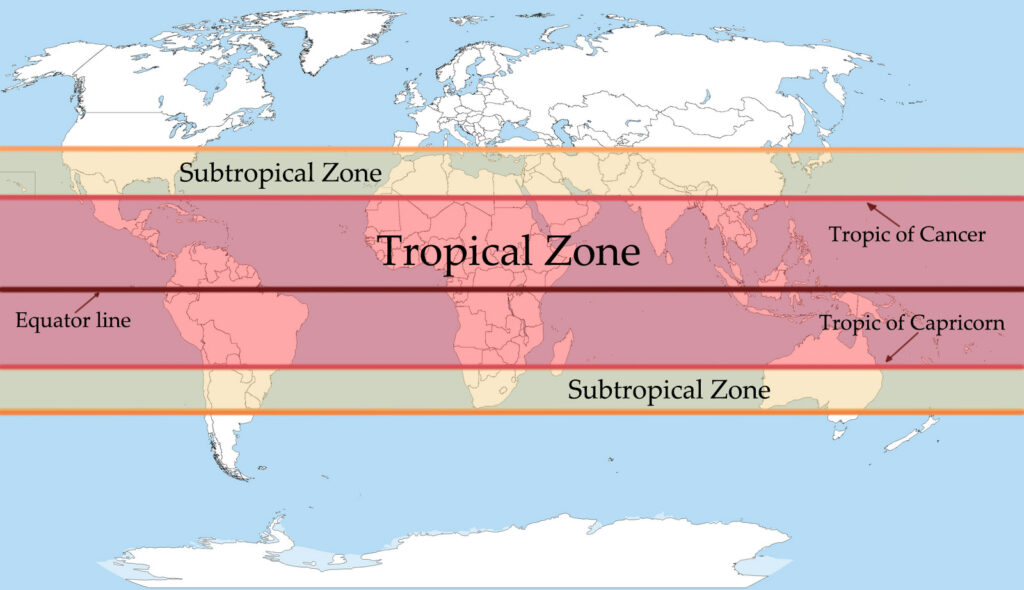
In these zones, you will find lush tropical forests: the Amazon rainforest, the forests surrounding the Congo River in Africa, and the forests of Indonesia are some of the most well-known. These places are extremely rich in diversity. To give you an idea, while Europe hosts around 20,000 different plant species, the Amazon rainforest alone is home to close to 40,000, though some estimates say the number could be as high as 80,000. This is without considering that Europe is twice the size of the Amazon rainforest.
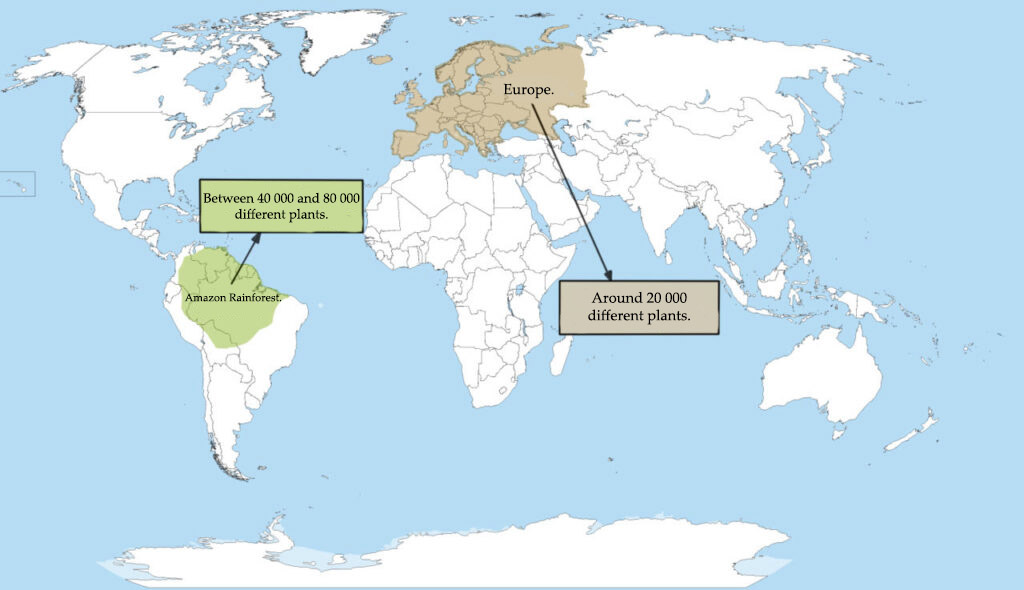
Considering the immense number of plants that live in warm regions, it is not difficult to imagine that a not very small part of these produce fruits. Interest in new species has grown worldwide, and at this moment, even for those of us who were born and raised in direct contact with tropical fruits, it is difficult not to be amazed by new fruits brought from exotic places.
Six tropical fruits that will surely impress you.
Red mombin
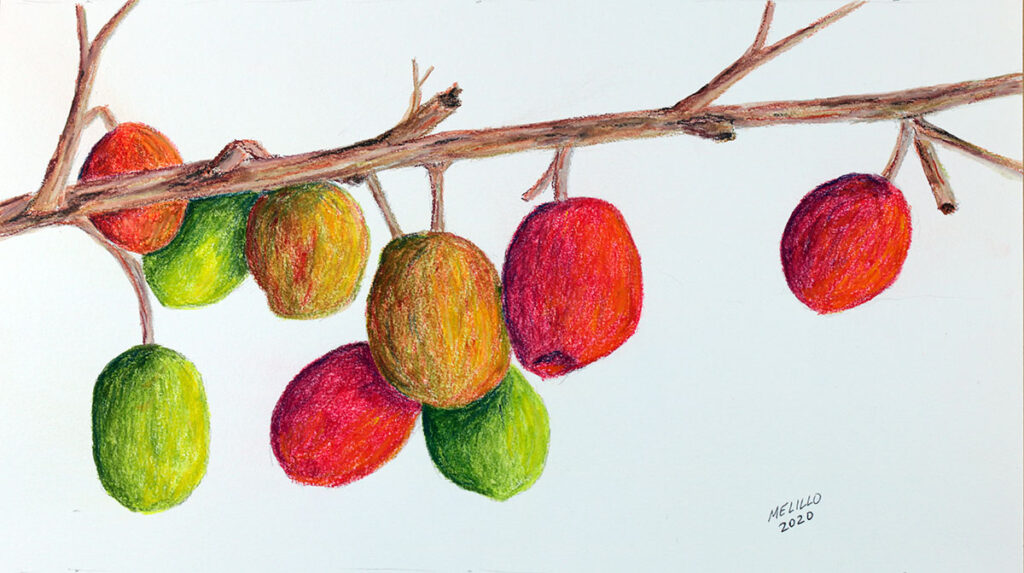
1 – Red mombin (Spondias purpurea), also known as Jobillo Rojo, Jocote, Jobo Colorado o ciruela roja in Spanish.
This fruit is very popular in Latin America and the Caribbean islands, as its natural habitat extends from Mexico to Peru.
The tree is deciduous, usually shedding its leaves at the beginning of winter, which in the tropics coincides with the dry season of the year. The flowers appear on the bare branches shortly before spring.
The fruit, if consumed when fully ripe, has a pleasant and sweet taste. It only has one seed, which occupies a large part of the fruit’s interior. There is also a yellow variety (Spondias lutea).
Reproduction can occur through seeds, but it is not recommended as the trees grow very slowly. The best way is by planting a branch, which will quickly grow into a tree. This is such an easy way to reproduce it that in many places, branches of these trees are used as posts to create living fences.
Mountain soursop
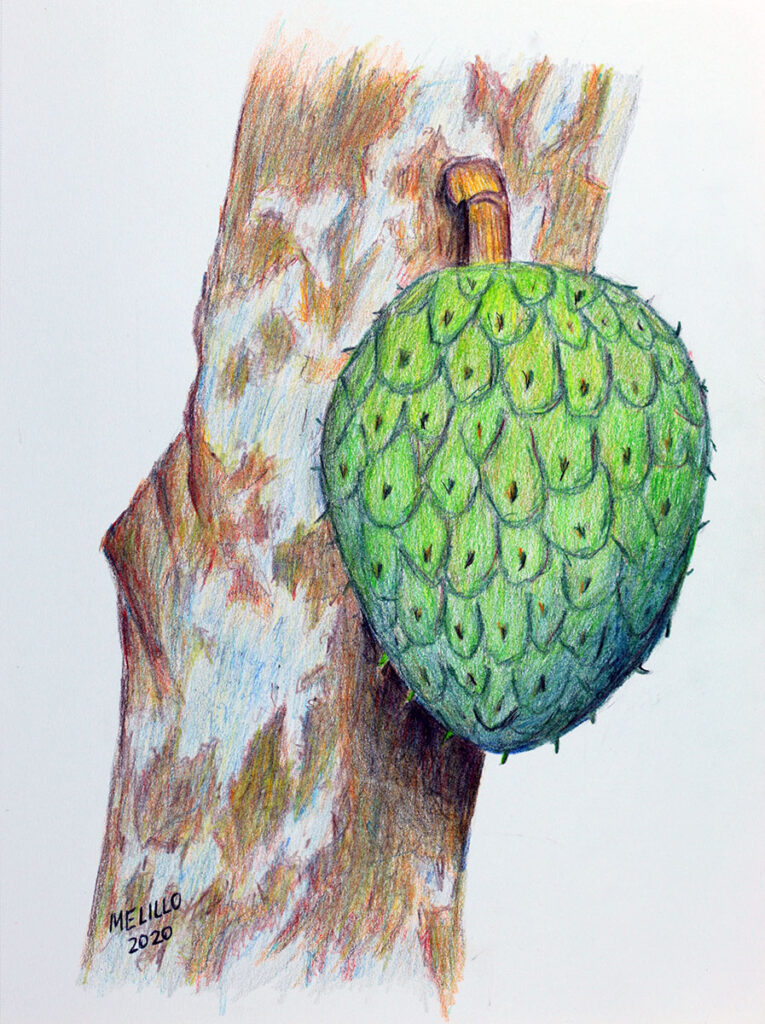
2 – Mountain soursop (Annona montana), also known as guanabana cimarrona, guanabana de perro, guanabana de loma in Spanish-speaking countries. In the United States, it is known as wild soursop.
The tree is native to Central America, the Caribbean islands, and the Amazon rainforest.
As for the fruit, externally it is very similar to the cherimoya but slightly more rounded. Internally, it is closer to the soursop; the aroma of both when ripe is very similar. However, the taste and texture of Annona Montana are inferior. The pulp, more fibrous, differs from the creamy interior of the soursop. Upon tasting it, it is more acidic and has less flavor, which is why many describe it as a fruit that is not entirely pleasant.
Do you want learn more about the mountain soursop.
Camu camu
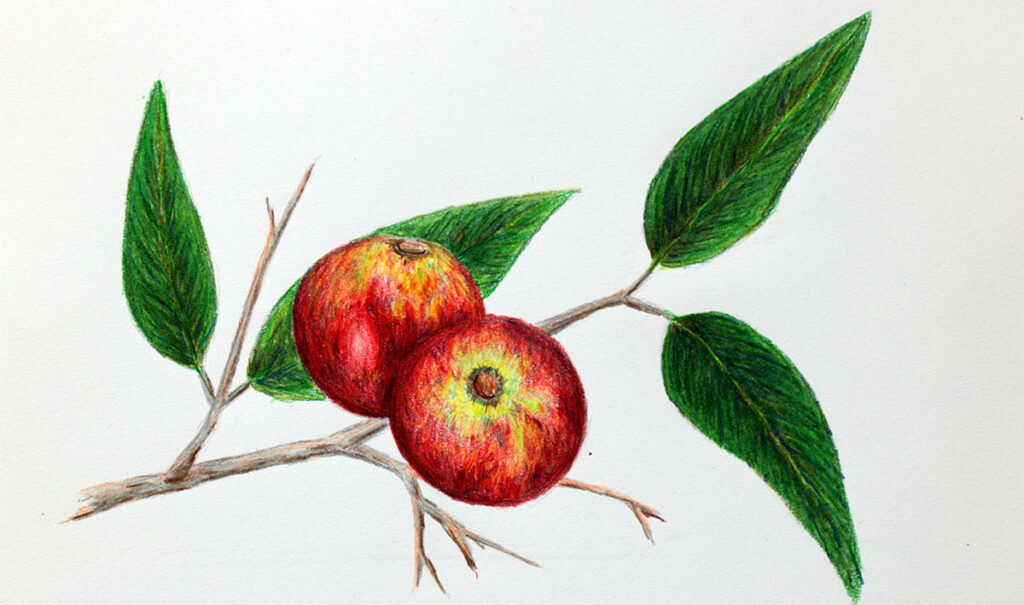
3 – Camu camu (Myrciaria dubia) is known in Spanish by the same name as in English.
The place of origin is in the Amazon, mainly in parts of Peru and Brazil. The tree is highly branched and reaches a height of 9 feet. It grows wild in flooded areas near lakes and rivers; the inhabitants of these places use canoes to collect the fruits. The tree can also grow in dry places, but it requires good irrigation.
The fruit, up to one and a half inches in size, is red at first, changing to black when ripe. The pulp is white and acidic, containing between 1 and 3 seeds.
Due to its acidity, the fruit is rarely eaten fresh; instead, it is used to prepare juices, smoothies, sweets, vinegars, and liqueurs. It is considered one of the fruits with the highest vitamin C content, even surpassing the Barbados cherry.
Button mangosteen

Button mangosteen (Garcinia prainiana) Cherapu in Spanish.
This tree is native to Malaysia and can grow up to 60 feet tall.
The fruit is rounded with flattened apices, and its diameter can reach up to 2 inches. Externally, it is orange, and the pulp, while the same color, appears paler. The taste is bittersweet. It can be eaten fresh or used to prepare juices.
Emblic
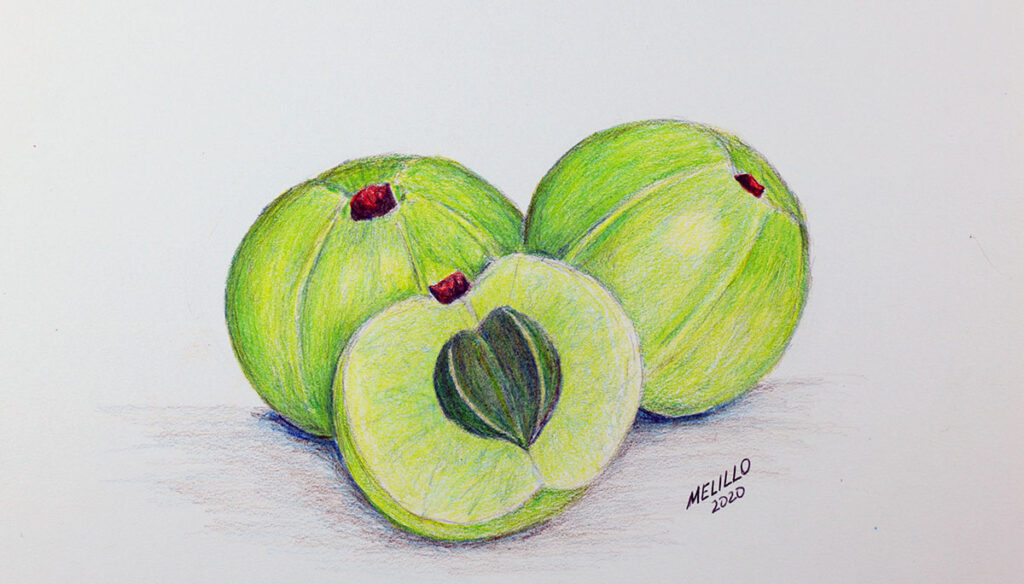
5 – Emblic (Emblica officinalis gaertn), also known as Indian gooseberry or Malacca tree.
This fruit is native to the tropical part of Asia, abundant in India, Pakistan, Bangladesh, Malaya, Ceylon, and the Mascarene Islands.
The fruit varies in size from one to two inches (2.5 to 5 cm), depending on the variety and location. Inside, it has six seeds compacted in the center of the pulp. The taste of the ripe fruit is extremely sour.
Egg fruit
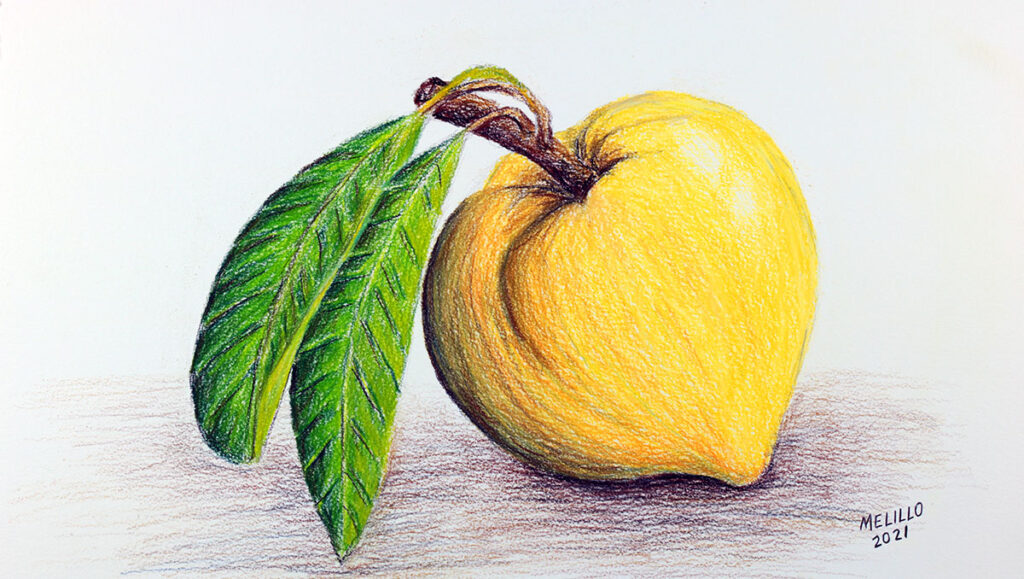
Egg fruit (Pouteria campechiana) Canistel in Spanish.
The place of origin is in Mexico and Central America.
The tree can reach up to 90 feet (27 m) but generally grows between 35 and 60 feet (between 10 and 20 m). The fruit is rounded with a pointed apex and measures between 3 and 5 inches (8 to 13 cm) in size. The color is green, changing to yellow when ripe. The pulp is creamy and sweet.
Plants obtained from seeds will bear their first fruits between 3 and 5 years, while those reproduced through air layering or grafts will bear fruit between 1 and 2 years.
Three reasons that will convince you to cultivate tropical fruits.
1 – The challenges and rewards that come with cultivating fruit trees are in themselves an excellent reason. Learning step by step how to overcome diseases, use the right fertilizer, protect the sapling from temperature changes, until turning that small plant into a gigantic tree full of delicious fruits, is truly gratifying.
For many, what started as a tree bought or planted from a seed has turned, over time, into an interesting hobby or even a profession.
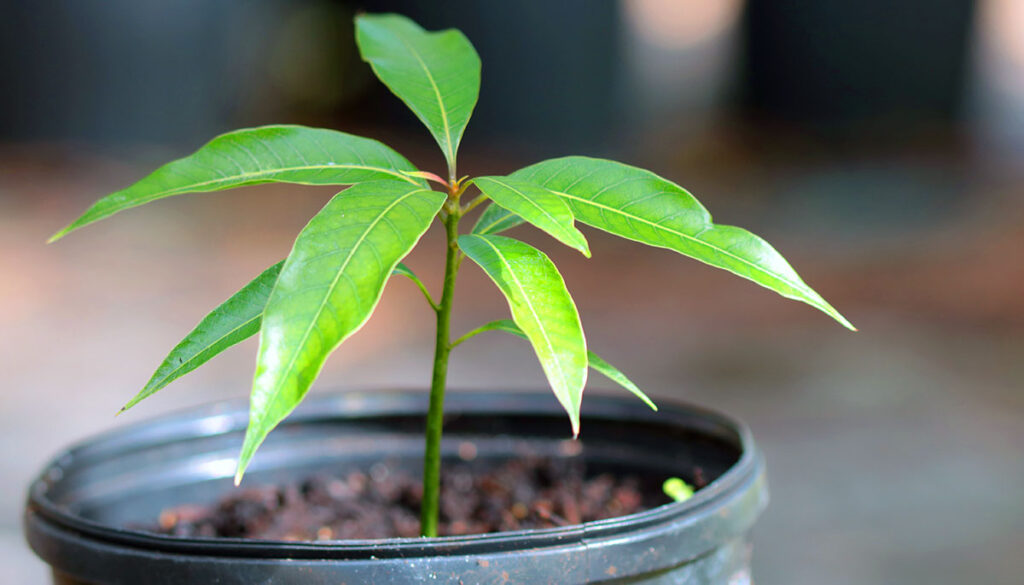
2 – Earlier, we talked about how you’ll find very few varieties of tropical fruits in supermarkets. Cultivating your own exotic fruits will bring new flavors, truly fresh produce, and more fun to your kitchen. You’ll be able to experiment by creating sweets and dishes that you might never otherwise encounter.
How to make starfruit jam.
3 – Tropical fruit trees will bring an exotic touch to your garden. The huge leaves of plantains with their colorful clusters of fruit, the passion fruit vines with their spectacular flowers that you can use to cover a pergola or an arch, the star apple tree with its intense green leaves on top and light caramel underneath, and many more plants whose flowers or the color of their fruit would greatly enrich your garden.
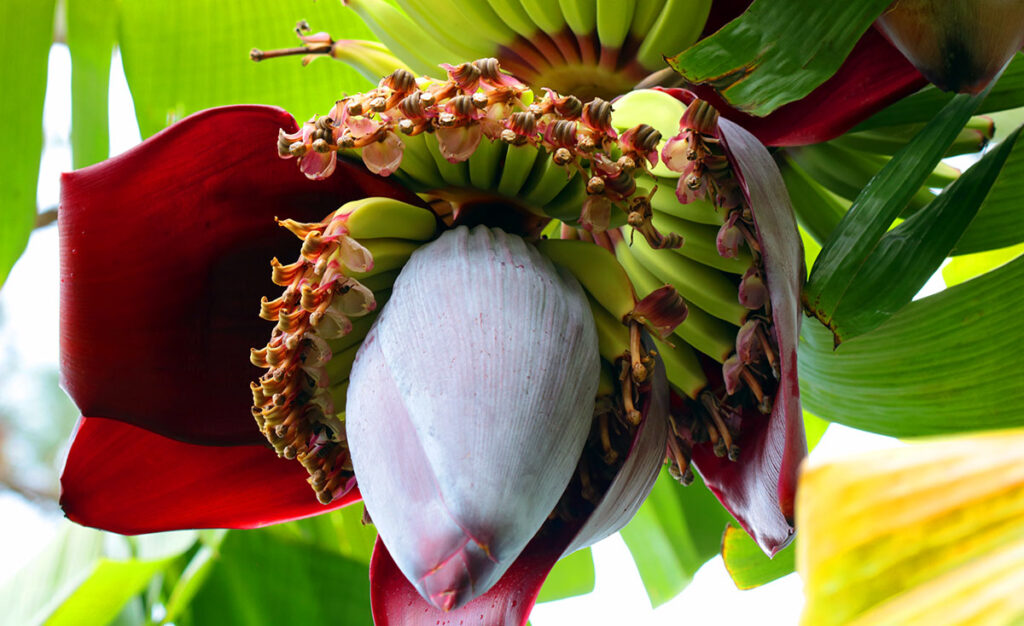
Ah, let’s not overlook how interesting mango, acerola, or starfruit trees would look in pots on your patio. Imagine a mango tree, an acerola tree, or a starfruit tree in a small pot filled with fruit. It would add an attractive touch for both you and your visitors.
Dangers threatening your tree and how to confront them.
Well, to wrap up, let’s talk about some of the issues you’ll encounter when growing these trees.
1-Cold resistance.
Each plant has a low temperature limit that it can withstand without suffering much damage.
Speaking from my own experience, all the time I spent in Cuba, I never saw a tree have problems due to temperatures. Of course, the trees we had there were adapted to the conditions of the Cuban climate.
Here in South Florida, it’s a bit different. In my backyard, I have several species mostly brought from tropical countries. The climate is very similar to that of the Caribbean islands, but in winter, during some nights, the temperature almost reaches freezing point.
This happens perhaps only two or three nights, however, that’s enough to nearly kill some of the trees in my collection.
In general, and this is the good news, most tropical fruit trees are capable of withstanding temperatures close to 0 degrees Celsius (32 degrees Fahrenheit) for a few hours.
In my case, only the soursop, breadfruit tree, and banana plants have needed protection during these days.
An excellent way to find out the best species for the place where you live is to check in which zone the plant can grow (usually, this information comes with the plant when purchased at a garden center) and locate the zone where you live using a map from the United States Department of Agriculture. The map only serves as a reference for the United States.
Below, you’ll find a link to acquire the map if needed.
How to protect them from the cold.
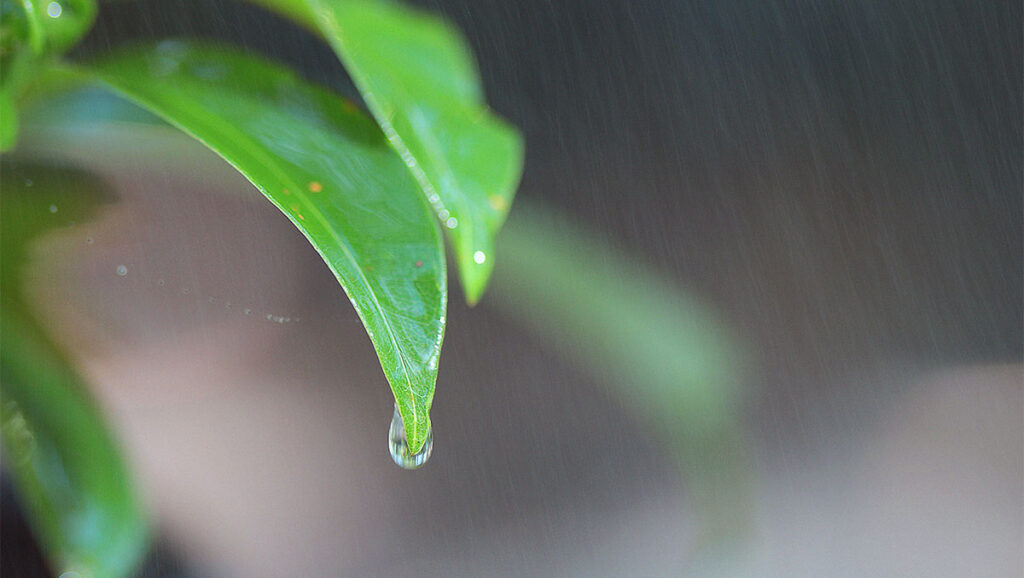
If you know the night is going to be cold, water the tree abundantly the day before and during the morning. This way, the moist soil will retain heat better.
Another way is to add mulch or organic material to the base of the tree, which will keep it warmer during the night.
A third solution is to cover the tree with a sheet during the time when the temperature drops and remove it as soon as the sun appears. This only applies to young and small trees.
All the above can be used only if the temperature is near freezing and depending on the plant species. Things change if you live in places where snow is normal. In that case, the best solution is to grow the trees in pots and bring them to warm areas of your house during the winter.
2- Sunlight.

Most tropical trees need many hours of sunlight to bloom and bear fruit. With some exceptions like the chocolate tree, coffee; generally, you will have to choose an open place where the tree receives enough light during the day.
3- Wind tolerance.
Some species suffer when exposed to wind. When planting a tree, you should first find out what its requirements are. If the tree is not very resistant to wind intensity, try planting it in a protected area, perhaps near other trees or next to the house.
4- Need for cold temperatures.
Well, this is the opposite of protecting the tree during low temperatures; some subtropical trees need a few hours of cold to be able to bear fruit. You should take this into account if you live in completely tropical areas.
In English, they are known as “chill hours,” and they are those in which temperatures range between 0°C (32°F) and 7°C (45°F).
This concludes this introduction to the world of tropical fruits. I hope you enjoyed it. If you have any comments or suggestions, I would greatly appreciate it if you shared them with everyone.
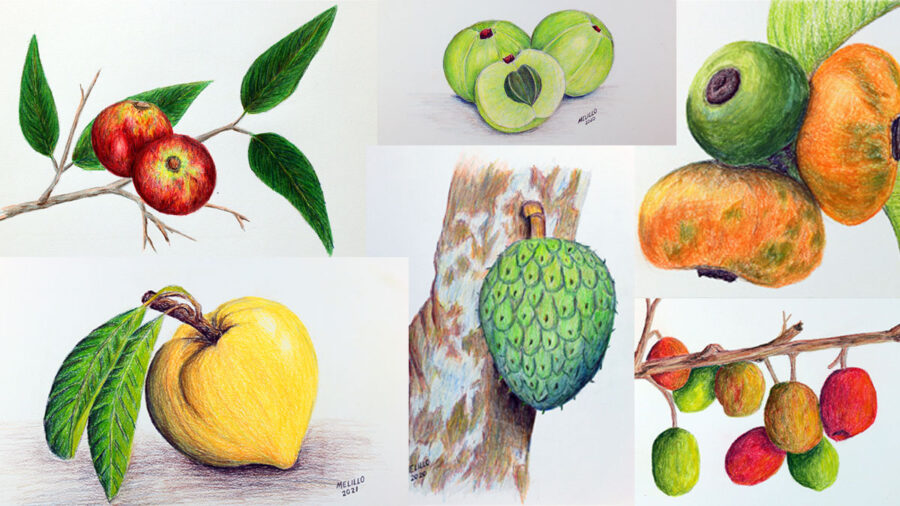
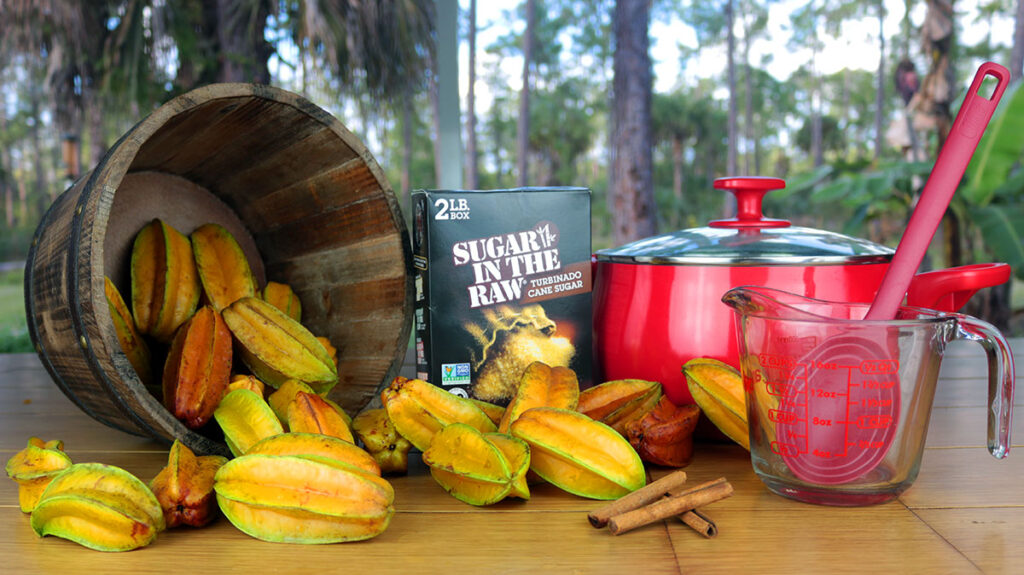

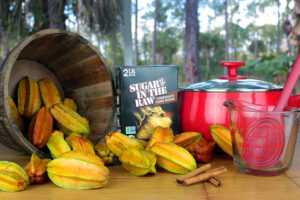
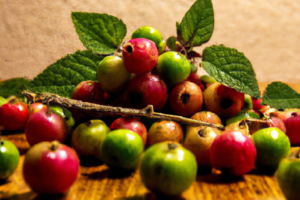
Leave a Reply
Your email is safe with us.